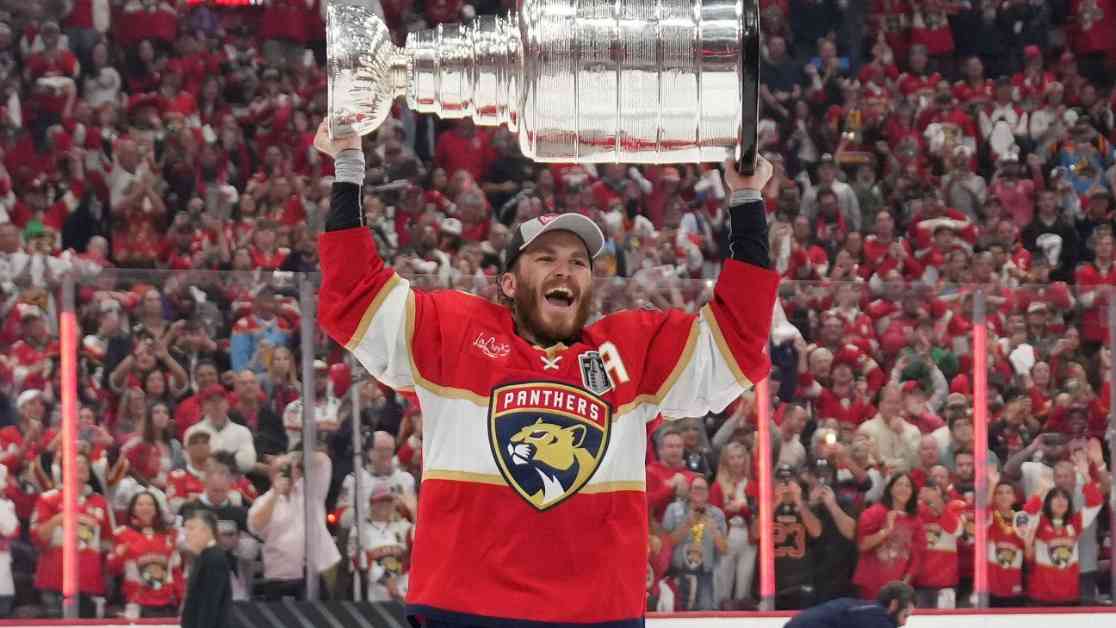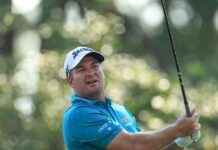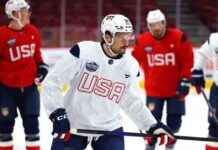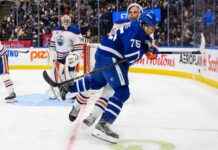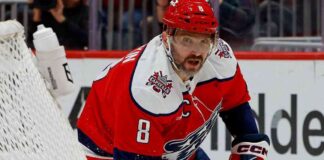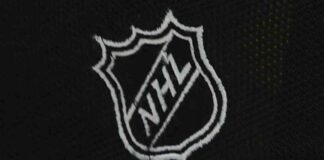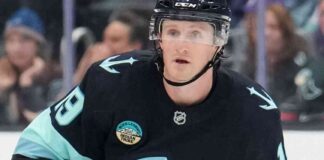Fantasy hockey season is upon us, and for enthusiasts of the game, it’s the most wonderful time of the year. Whether you’re a seasoned veteran looking to defend your league championship or a newcomer eager to dip your toes into the exciting world of fantasy hockey, the start of a new season offers a fresh opportunity for everyone to showcase their skills and knowledge of the game.
Drafting the perfect fantasy hockey team is crucial to success in your league. The draft is often considered the most important two to three hours of the entire season, as it sets the foundation for your team’s success. Preparation is key, and doing your research on player performances, injuries, and potential breakout candidates can give you a competitive edge.
When it comes to drafting your team, it’s essential to start by selecting the best players available. In standard points re-draft leagues, players like Nathan MacKinnon, Auston Matthews, Connor McDavid, and Nikita Kucherov are top picks. These players have proven track records of success and can be relied upon to deliver solid performances throughout the season.
After securing your core group of elite players, it’s important to focus on filling out your roster with quality defenders and goaltenders. Elite defenders like Cale Makar and top-tier forwards such as Kirill Kaprizov and William Nylander should be high on your draft list. Additionally, selecting a reliable goaltender who plays regularly can provide stability to your team’s performance.
When drafting your team, it’s crucial to consider your roster’s positional and categorical needs. Balancing your lineup with a mix of centers, wingers, and defensemen can ensure that you have flexibility in your roster management. Additionally, paying attention to your league’s scoring categories and adjusting your draft strategy accordingly can help you maximize your team’s potential.
In fantasy hockey, identifying bounce-back and breakout candidates can be the key to gaining an edge over your competitors. Players like Evan Bouchard, who showed significant improvement in the previous season, or Jake DeBrusk, who may benefit from a change in team dynamics, could provide value to your team. Conversely, being aware of players who may regress in performance can help you avoid potential pitfalls in your draft strategy.
Goalies play a crucial role in fantasy hockey, as they can contribute significantly to multiple scoring categories. Investing in standout goalies like Connor Hellebuyck or Andrei Vasilevskiy, along with a solid second-tier netminder, can give your team a competitive advantage. Additionally, keeping an eye on emerging goalies or sleeper candidates can help you make informed decisions in the later rounds of the draft.
Defensemen are often overlooked in fantasy hockey, but they can be valuable assets to your team. Selecting a top-tier defenseman like Cale Makar or Roman Josi, along with players who excel in categories like blocked shots, can bolster your team’s performance. Paying attention to your league’s scoring settings and adjusting your draft strategy accordingly can help you optimize your roster.
In fantasy hockey, understanding your league’s categories and scoring system is essential for building a successful team. Whether you prioritize goals, assists, penalty minutes, or blocked shots, tailoring your draft strategy to maximize points in each category can give you a competitive edge. Familiarizing yourself with your league’s settings and adjusting your rankings accordingly can help you make informed decisions during the draft.
Participating in mock drafts can help you practice your draft strategy and gain valuable insights into player values and trends. Mock drafts allow you to simulate the draft experience and test different strategies in a risk-free environment. By participating in mock drafts, you can refine your drafting skills and prepare for unexpected scenarios that may arise during the actual draft.
In fantasy hockey, there are different league formats to choose from, including H2H points leagues, Rotisserie (Roto) leagues, and H2H category leagues. Each format offers unique challenges and opportunities for team building, so it’s essential to choose the one that best suits your preferences and playing style. Whether you prefer daily or weekly lineup adjustments, or thrive on the set-and-forget approach, there is a league format that will cater to your preferences.
Building a dynasty or keeper team in fantasy hockey requires long-term planning and patience. Dynasty leagues focus on building a team for the future, while keeper leagues involve retaining a core group of players each season. Understanding the nuances of each format and making strategic decisions based on long-term goals can help you build a competitive team that is poised for success.
Roster maintenance is a crucial aspect of fantasy hockey, as it involves managing your team throughout the season to maximize performance. Keeping track of player injuries, lineup changes, and emerging breakout candidates can help you stay ahead of the competition. Utilizing the waiver wire to make strategic roster moves and staying informed on player developments can help you adapt to changing circumstances and improve your team’s performance.
Injured reserve slots are valuable assets in fantasy hockey, as they allow you to stash injured players without sacrificing active roster spots. By utilizing injured reserve slots to hold onto players like Gabriel Landeskog, who are expected to return from injury mid-season, you can maximize your team’s potential and maintain flexibility in your roster management. Keeping an eye on injured players and making strategic use of injured reserve slots can give you a competitive advantage in your league.
Trading players in fantasy hockey can be a valuable strategy for improving your team’s performance and addressing positional needs. Making smart trades that benefit both parties can help you acquire key players and strengthen your roster. By identifying potential trade targets and negotiating fair deals, you can optimize your team’s performance and increase your chances of success in your league.
Overall, mastering fantasy hockey requires a combination of research, strategy, and adaptability. By staying informed on player performances, understanding your league’s scoring categories, and making strategic roster moves, you can build a competitive team that is poised for success. Whether you’re a seasoned veteran or a newcomer to the game, following these tips can help you dominate your fantasy hockey league and enjoy a successful season.

